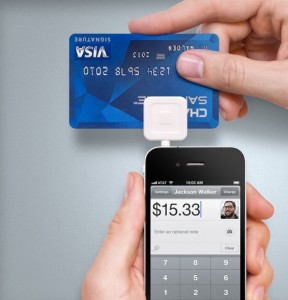Customers of Australia’s biggest bank are said to be conducting more transactions using smart phones than over ATMs and data suggests that customers from other banks are not far behind. As consumers we have also evolved along with the technology that drives our day to day activities and what it has meant for bank customers is a change in the way that we deal with the banks. For one, the bank customer who has “taken” to mobile banking is not guaranteed to continue using branch networks. And, the question on everyone’s lips is what are the banks doing about it?
Another of the big four is also investing a lot of energy into the mobile arena in order to make banking easier and more convenient for the modern, technology-loving consumer. Analysts have warned about the vulnerabilities of the change in the banking landscape, saying that the changes in the nature of the customer relationship mean that non-banking IT giants have the opportunity to intercept and get involved in the banking and finance sector.
And the use of ATM networks has been decreasing slowly over time; the sharp uptick in interest in mobile technology has only exacerbated the pace of change. Phone banking, once a modern marvel, has been bumped out of place very quickly and ATMs, it seems, are not very far behind.

While it is not likely that the competitive IT giants will actually be able to take over the market place the gaps are opening up for them to act as intermediaries between banks and their customers. The IT companies in question have already infiltrated the media and retail sectors and have already started developing digital wallets at a time when third party payment processors have become more popular, offering greater flexibility and convenience to consumers to make online transactions, compared to traditional banking systems.
The banks say they are aware of the dynamics but say they only consider then threatening if they do not do anything about the factors that surround them. There is a certain element of risk if the banks are relegated into wholesale positions but they say there is not any danger of that happening.
And, it’s not like they are unprepared. The local banks have been rolling out mobile payment systems of their own over the years and they certainly have the upper hand when it comes to cash transactions, but debates are rise as to whether the use of cash is on the decline.
Research from Bankwest shows that ATM withdrawals have reached their peak and debit and credit card purchases have increased from $176 billion to $408 billion in the last ten years. The expert say that if you assume cash withdrawals are cash payments, card purchases comprise 70% of the total figure. Furthermore the total value of cash sales has dropped from 45% in 2007 to only 33%, and the average value of cash transactions amounts to $12.
In terms of the positives for banks, putting less into infrastructure for ATMs and branches puts capital expenditure under less pressure and not having to deal with cash gives banks the opportunity to drop some of their costs. On the down side they will have to invest some extra capital for systems that can facilitate mobile transaction more efficiently, and in line with the technology being offered by IT companies.